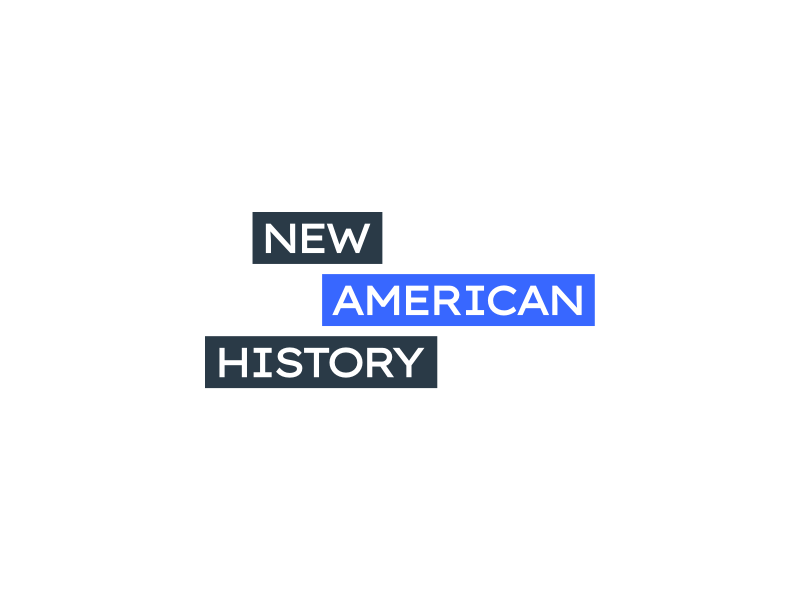The curated resources linked below are an initial sample of the resources coming from a collaborative and rigorous review process with the EAD Content Curation Task Force.
 Reset All
Reset All
This lesson helps dispel prevailing stereotypes and generalizing cultural representations of American Indians by providing culturally-specific information about the contemporary as well as historical cultures of distinct tribes and communities within the United States.

The Roadmap


National Endowment for the Humanities


Maps, truth, and belief have a complicated relationship with one another. Every map is a representation of reality, and every representation, no matter how accurate and honest, involves simplification, symbolization, and selective attention.

The Roadmap



Norman B. Leventhal Map & Education Center


This deliberation guide focuses on the Treaty of Guadalupe Hidalgo, encouraging students to examine the choices the Californio Indigenous people faced in June 1849 as they determined how they would approach, or avoid, a future as American citizens.

The Roadmap




Smithsonian National Museum of American History


The ten lessons in this unit explore themes of identity and community while helping students and teachers build a productive, safe learning environment. They are especially appropriate for use in middle school classrooms of any subject at the beginning of the school year.

The Roadmap




Facing History and Ourselves


In this learning resource, students use geospatial technology to understand how Native land changed hands from the start of European colonization to the contemporary moment. Students will understand the impact settler colonialism has on Indigenous people and their homes and the changes of population that resulted from westward expansion.

The Roadmap




Esri


This learning resource looks at the South during the Civil War and after and how migration patterns changed during this time. Students will look at videos, maps, and historical documents to understand the impact of emancipation for Black people in the South and the impact of railroads on the westward expanding country.

The Roadmap




New American History

As the United States expanded west in the 19th century, overrunning Native American lands, a young Paiute girl mastered the English language—and became a champion for her people and the rights they deserved.

The Roadmap




Junior Scholastic


This lesson plan examines the life of Catharine Paine Blaine, missionary, schoolteacher, and women’s rights activist who traveled from Seneca Falls, New York to Washington Territory in the 1850s. Using everyday items that Catharine brought with her to the Pacific Northwest, your students will explore how eastern settlers brought both objects and ideas with them as they traveled.
The Roadmap

Washington State Historical Society
In this exercise, students will have the opportunity to imagine that they are a museum curator who examines old artifacts and documents for clues of an earlier time period. Then, they have an opportunity to write up their interpretation of this history by crafting a press release announcing the rediscovery of an artifact that was donated to the Washington State Historical Society's collection in 1921.
The Roadmap


Washington State Historical Society
This lesson investigates the role that the transcontinental railroad played in America's history. Students will analyze multiple historical documents as well as present day understandings of the railroad's impact. This lesson allows students to contemplate different historical narratives and understand the importance of representative perspectives in history.

The Roadmap




New American History

This set of Library of Congress primary sources explores the westward expansion of the United States.

The Roadmap




The Library of Congress





